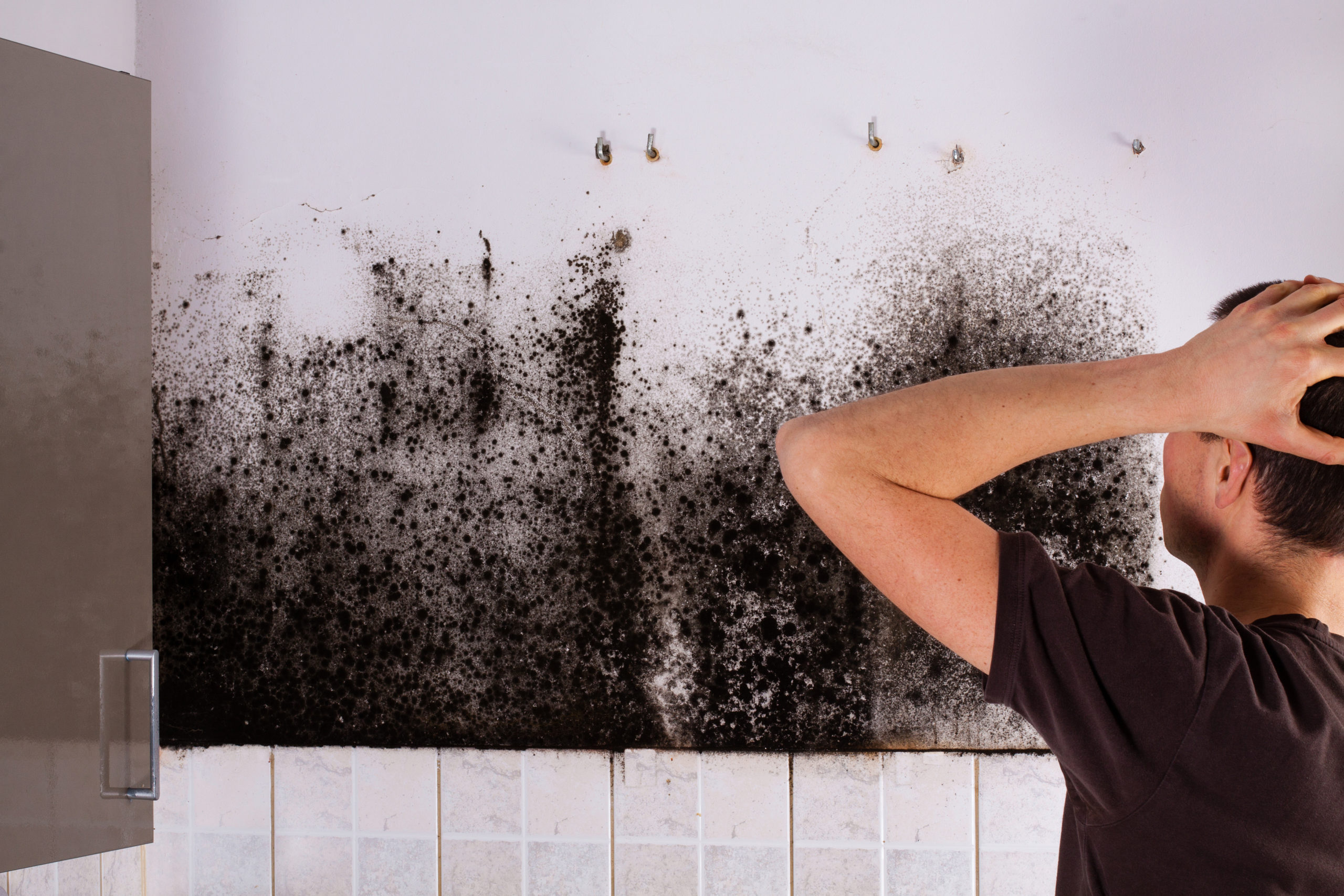
02 Mar. 22
Signs of Mold Growth in Your Home
Congratulations! You own a home now. However, you may not be prepared for the things that may come up through the years in your forever home. One thing is the dreaded mold. It is an unappealing, nasty houseguest that was not invited. It has made its appearance, and it plans to stay. The question is, can you get rid of it and how?
Does Mold Only Grow in Old Homes?
Take a deep breath because the answer to the question is no. Mold, more than not, shows up when a home gets older, but it is not unheard of that it can show up in new construction or newer models. Often, a homeowner will not notice things like the moisture in the laundry room or even organic material that is somewhere in the home. A builder could miss a small area when building a new home that will be covered but eventually bring in dampness and moisture that will grow mold. Drying Tech Water Damage Specialists know that there are things that can happen to attract the annoying growth of mold and the best thing to do is educate yourself about handling it when it happens.
What Type of Mold Can Grow in Homes?
You guessed it. There is not only one type of mold and mildew that can seep in. Sometimes, you can identify some types of molds by the smell. If you detect a musky scent, start looking around. Start in areas like the bathroom and laundry room that keep moisture in. Also, a basement that is not entirely insulated could be a place where mold can start and then travel into the upstairs vicinity. Some of the more common types of molds to look for are:
- Alternaria
- Aspergillus
- Aureobasidium
- Chaetomium
- Cladosporium
- Fusarium
- Penicillium
- Stachybotrys Chartarum
- Serpula Lacrymans
- Trichoderma
- Ulocladium
The common thread to all the above molds is that they will reside primarily in dark or damp areas of a home. Some will take a route around a cold and wet windowsill. Nevertheless, others will, indeed, show up in dryer areas like wood floors and carpets. Honestly, there is just no place to hide from this splotchy guest. There is always mold hanging on in the air as it is a part of the fungi kingdom, which includes the mushrooms growing in your grass or the mold that grows on your old food. Therefore, it is a fact that molds can cause allergic reactions or respiratory infections. The good news is most mold is non-toxic.
What Does Most Mold Look Like?
With many different types of molds, you may want to know what each class will look like. The truth is mold is mold. It looks like spots, usually dark in color that grows in patches. Some molds will be lighter in color, but do not let the color worry you. It does not influence if the mold is toxic or not. Again, most are not. However, suppose you feel yourself getting dizzy, brain fog, blurred vision, or any symptoms that seem out of the ordinary. In that case, you may need to have a professional toxic mold tester come in and identify the type of mold you have.
How do you Clean and Get Rid of Mold?
You can clean mold from your home, and the best way is good old chlorine bleach. Besides bleach, there are more ways and even ways for homeowners who do not like the harshness of bleach to clean with all-natural products. Here are some solutions to try:
For Disinfecting and Cleaning:
Chlorine Bleach
CLR Bathroom tile and Kitchen Cleaner
Clorox Tilex Mold and Mildew Remover
Concrobium Mold Control Spray
Natural Ways to Clean Mold:
Vinegar
Hydrogen Peroxide
You will need to scrub if you opt for the natural way to clean the stain. You should spray a generous amount on the affected area for all the above solutions, let it stand for a minute or two, and then rinse with a sponge. Again, you will use a little elbow grease to scrub the area for deeper, more prevalent stains in some cases.
In conclusion, mold is something that we often all deal with. However, there are ways to control it with proper and regular cleanings in your home. The truth is you could still find it somewhere at some point in your home. This article will be a helpful guide to dealing with mold if it does show up in your living space.
